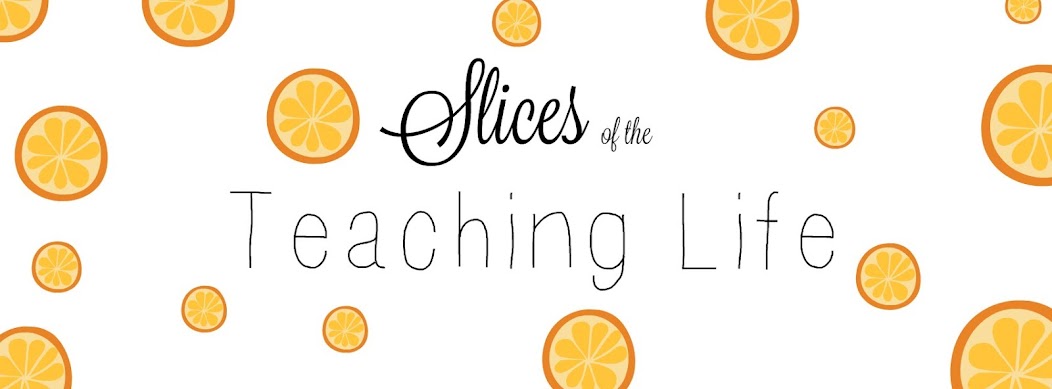Always, at the beginning of a school year, there is time for reflection, rejuvenation, and excitement. I found myself taking on a new challenge this school year: piloting a device program for the district. With the addition of the device to my Humanities classroom, I, along with my co-teacher, had to again re-think how we manage the classroom, designed our learning activities, and push ourselves to work differently.
While we aren’t a true 1:1 because our students do not take the devices home, we are making drastic changes in our class in order to utilize technology efficiently, effectively, and with purpose.
The specs of our new learning space:
Class: 7th grade Humanities (blend of Social Studies and Language Arts)
Our device of choice: Surface 3
Quantity of devices in the classroom: 35
Number of students: 35
Projection: Large television mounted over the dry erase board
Teacher Devices: 1 Surface Pro 4 and 1 Surface 3
Flexible Seating
Starting from scratch with a new classroom allowed us to make some physical changes in the space. We added a white board to encourage student interaction with their learning. We also chose to introduce flexible seating to our students right away. In revamping our new classroom (which was once a lab of desktop computers), we found that we had all of these tall spaces that would work nicely for standing work spaces. The addition of three tall folding tables allows up to 15 students to use these standing spaces when students are given work time.
Our mantra for our students is to choose the space that helps them work the best. For some, they stay at their seats. Others move to lay or sit on the floor. Many choose to stand at the standing spaces.
If an issue arises (an off-task student), we quietly approach the student and remind them that they need to position themselves in a space where they can do their best work. The Surfaces make this flexibility easy and allows our students to feel comfortable getting comfortable in the space. We are loving the combination of the flexible learning spaces and the flexibility of the Surface! We would love to incorporate more floor “furniture” in the future and rolling desks, but at this point, we are working with what we have.
Why I love flexible seating and the Surface 3:
1. Students are more productive.
Students really work more efficiently and effectively when they are physically comfortable. Allowing them to chose their physical comfy place allows them to put all of their focus and energy on the task at hand.
2. Easy collaboration.
Groups have a variety of spaces to use as their "home" during group work sessions. They can spread out and conquer an entire area, eliminating distractions from other students and groups.
3. Individual interaction.
When students are spread out in the room into different learning spaces, it is easier to chat with each student individually. Granted, this now requires that I sit on the floor, crawl under a table, or stand at a tall counter, but the interactions seem more personal. When I get on their level and talk about the assignment and the task they are accomplishing, students are extremely receptive.
Stay tuned for more updates from room 402 including how we are using OneNote, Skype, and Minecraft in our classroom!








